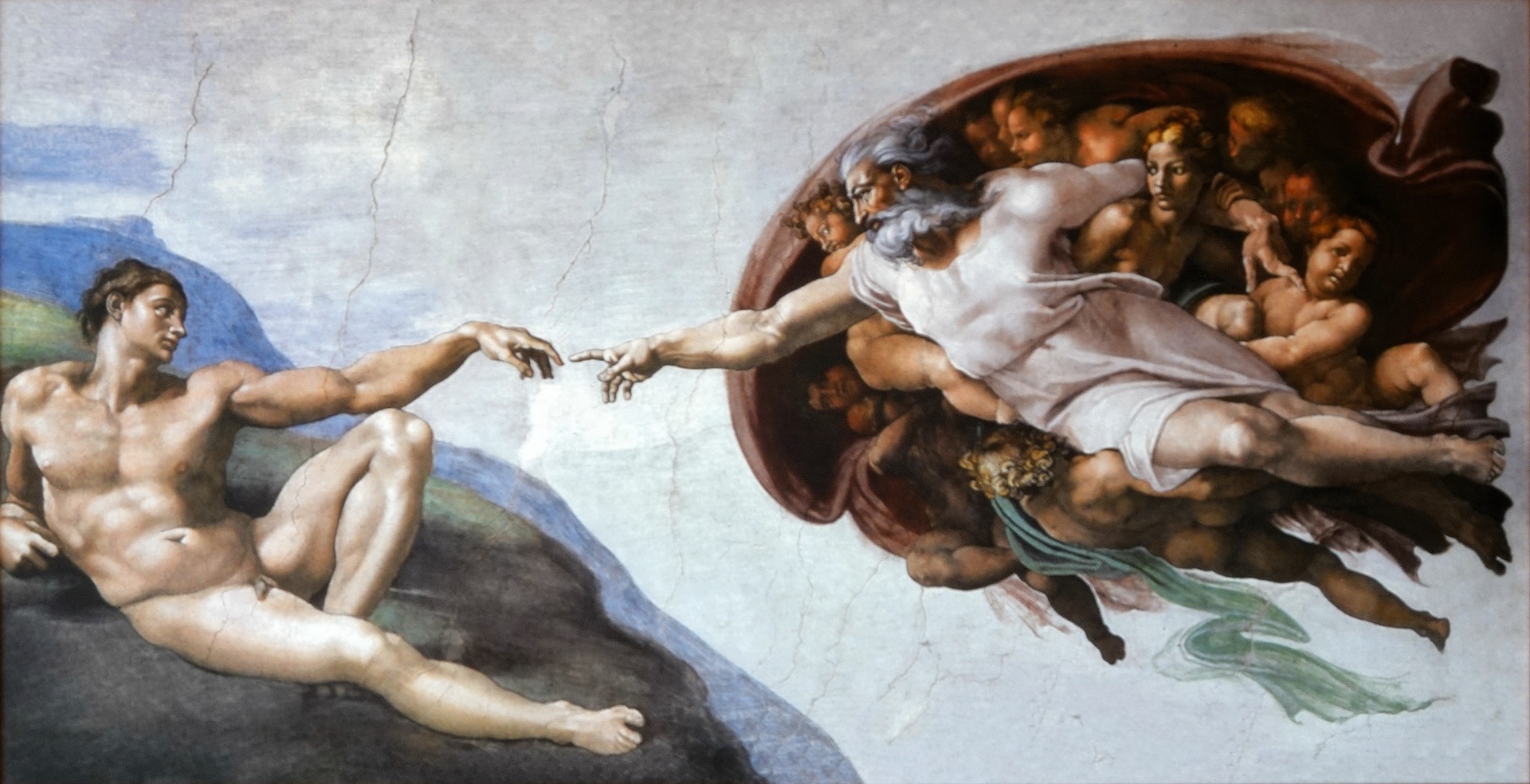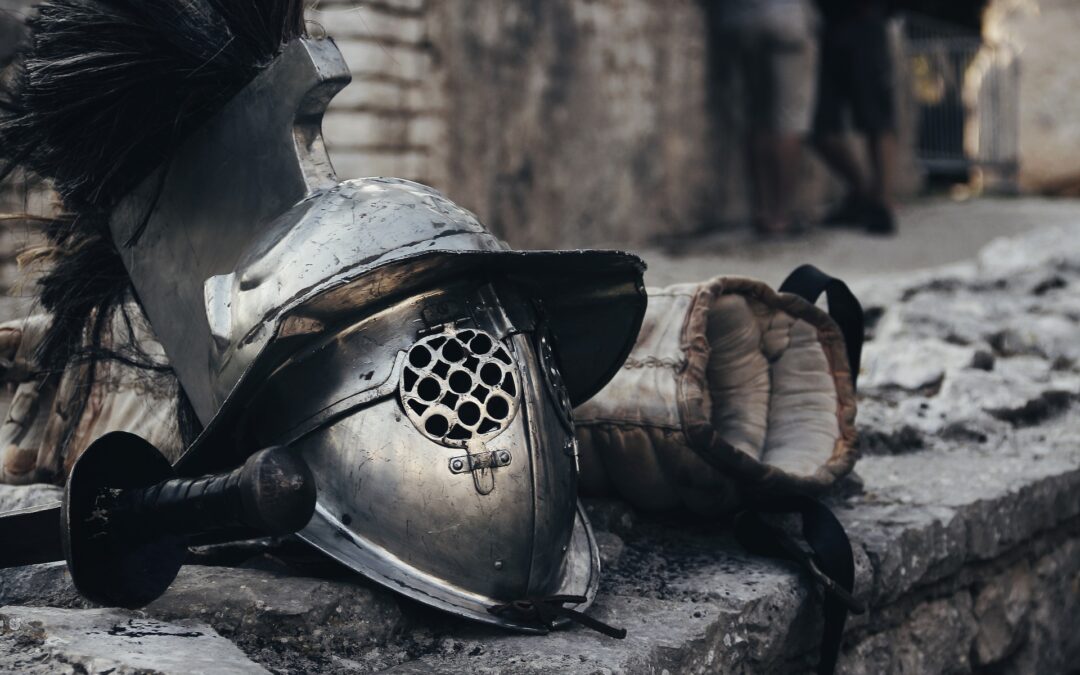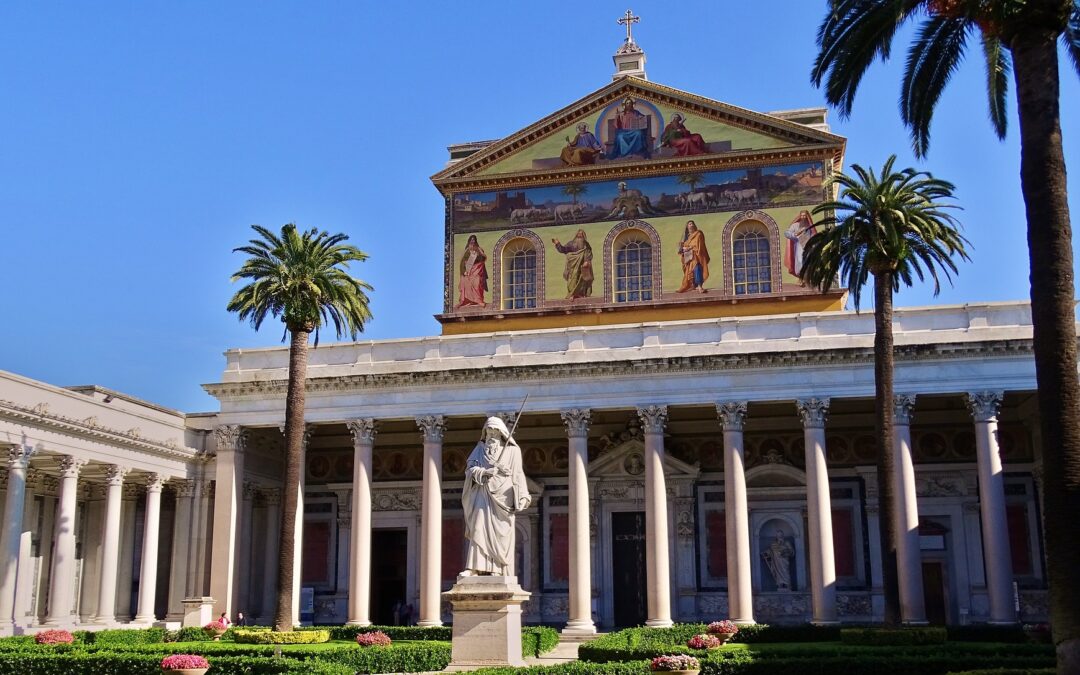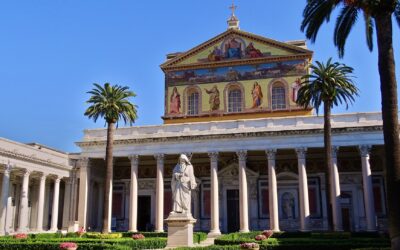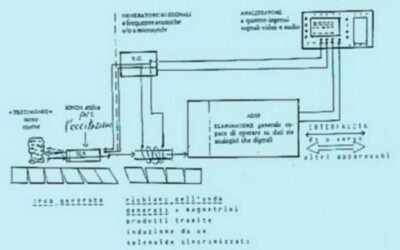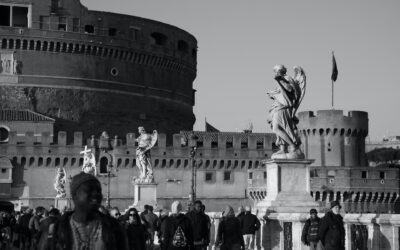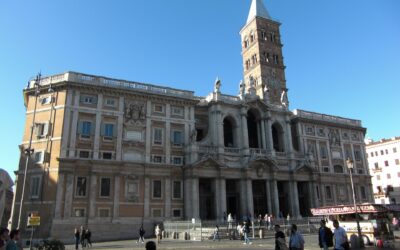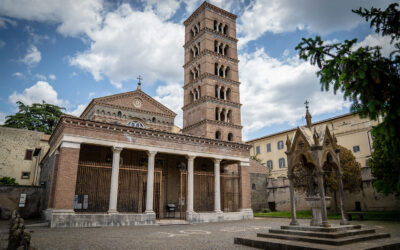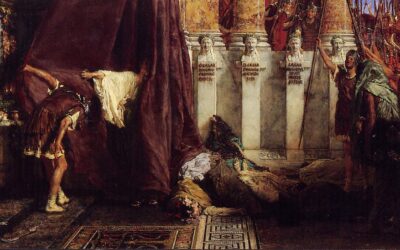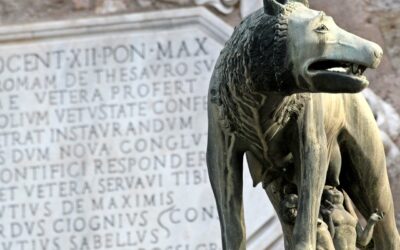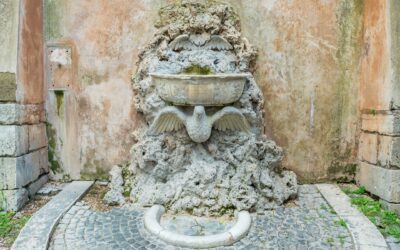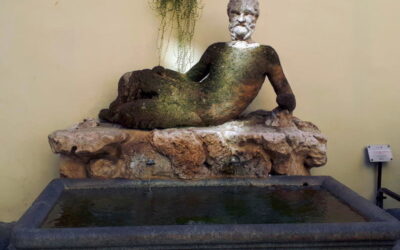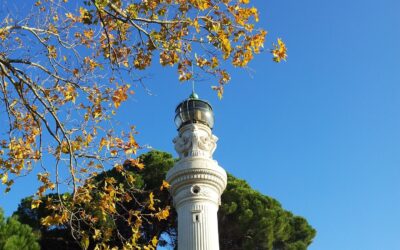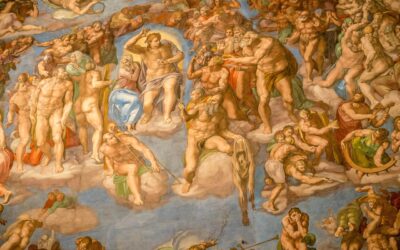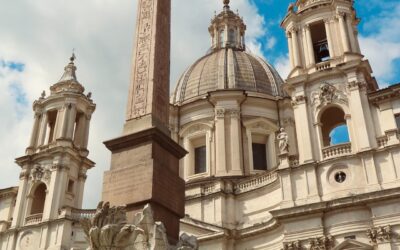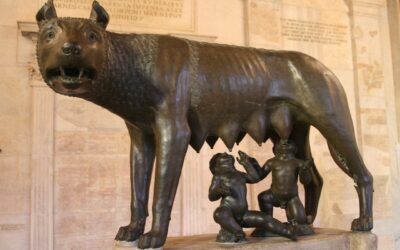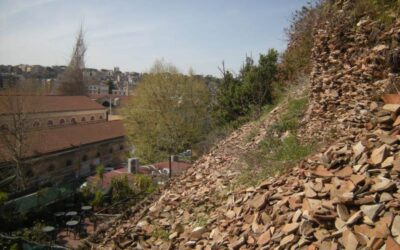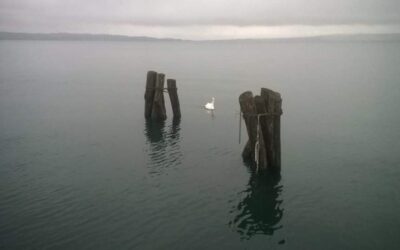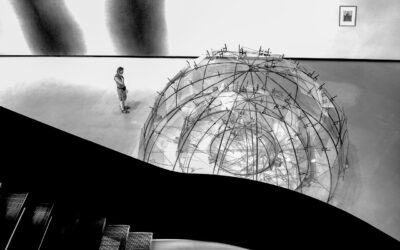Michelangelo di Lodovico Buonarroti Simoni, commonly known as Michelangelo, was a towering figure of the Italian Renaissance, renowned for his exceptional talent in painting, sculpture, and architecture. Among his many masterpieces, the Sistine Chapel stands as an immortal testament to his artistic prowess and creative brilliance. Located in the Vatican City, the Sistine Chapel ceiling is an awe-inspiring work of art that has captivated the world for centuries. This comprehensive exploration delves into the life of Michelangelo, his journey in creating the Sistine Chapel’s iconic frescoes, and the enduring legacy of this sublime masterpiece.
- The Life and Times of Michelangelo
1.1 Early Life and Artistic Beginnings
Michelangelo was born on March 6, 1475, in Caprese, Italy, to a family of modest means. From an early age, he displayed a remarkable talent for art, and his father recognized this potential. Encouraged by his family, Michelangelo pursued his artistic inclinations, leading him to Florence, the epicenter of the Renaissance art movement.
1.2 Apprenticeship with Ghirlandaio
At the tender age of 13, Michelangelo became an apprentice to the esteemed painter Domenico Ghirlandaio. During his training, he honed his skills in fresco painting, a technique that would later prove instrumental in his monumental undertaking at the Sistine Chapel.
1.3 Sculpting Talent and the Medici Family
Despite his apprenticeship as a painter, Michelangelo’s true passion lay in sculpture. His early works, including the exquisite “Madonna of the Stairs,” captured the attention of influential patrons, most notably Lorenzo de’ Medici, the ruler of Florence. Under the Medici family’s patronage, Michelangelo thrived as a sculptor and began to create some of his most iconic statues.
1.4 The Pietà and David
In 1498, Michelangelo completed one of his most celebrated sculptures, the “Pietà,” a moving depiction of the Virgin Mary holding the lifeless body of Jesus Christ. The Pietà showcased Michelangelo’s mastery over the human form and his ability to evoke deep emotion through his art.
Soon after, he received a commission from the city of Florence to sculpt a monumental statue of “David,” symbolizing the biblical hero’s triumph over the giant Goliath. This awe-inspiring work cemented Michelangelo’s reputation as one of the foremost artists of his time.
1.5 The Calling to Rome
In 1505, Michelangelo received an invitation that would change the trajectory of his career. Pope Julius II, the powerful and ambitious pontiff, summoned him to Rome, recognizing his exceptional talent and hoping to utilize it in grand projects for the Vatican.
- The Sistine Chapel Commission
2.1 The Sistine Chapel: Architecture and Purpose
The Sistine Chapel, located within the Vatican City, was initially constructed by Pope Sixtus IV in the late 15th century. Its primary function was to serve as a place of worship and the site for important papal ceremonies.
The chapel’s architecture itself is a work of art, designed by Baccio Pontelli and Giovanni de Dolci. Its dimensions, proportions, and structural features create a sense of sacred grandeur that complements the artistic splendor within its walls.
2.2 The Ceiling Project and Michelangelo’s Reluctance
Upon Michelangelo’s arrival in Rome, Pope Julius II initially tasked him with creating an elaborate tomb for himself. However, the pope’s ambitions evolved, and he conceived a grander vision – the redecoration of the Sistine Chapel’s ceiling.
Initially, Michelangelo was reluctant to take on the commission. He saw himself primarily as a sculptor and was daunted by the immense scale of the task. Nevertheless, the pope’s insistence and the potential for artistic glory convinced him to accept the challenge.
- Creating the Sistine Chapel Ceiling
3.1 Vision and Preparation
Before commencing the monumental task, Michelangelo spent several months studying anatomy and fresco techniques. He envisioned a grandiose scheme to depict scenes from the Book of Genesis, starting from the Creation of the world to the story of Noah and the Great Flood.
In his preparation, Michelangelo worked on small-scale sketches, refining his compositions and testing various design elements. These preparatory drawings allowed him to work out the intricacies of the scenes and experiment with different perspectives.
3.2 The Four-Year Ordeal
From 1508 to 1512, Michelangelo toiled ceaselessly on the scaffold, painting the frescoes on the Sistine Chapel’s curved ceiling, approximately 68 feet above the ground. Working on his back for extended periods, he endured physical and mental strain throughout the project.
The artist faced numerous challenges during the painting process. The curved surface of the ceiling demanded a profound understanding of perspective and foreshortening to create the illusion of three-dimensional figures.
3.3 Iconic Scenes on the Ceiling
The Sistine Chapel ceiling comprises nine central panels, each depicting significant moments from the Book of Genesis. Among the most famous are “The Creation of Adam,” “The Creation of Eve,” “The Fall of Man,” and “The Flood.”
“The Creation of Adam” is arguably the most renowned panel, depicting the iconic image of God extending his hand to give life to Adam. This iconic image has become a symbol of the divine connection between God and humanity.
Another notable scene, “The Last Judgment,” occupies the vast altar wall of the Sistine Chapel. Michelangelo returned to the chapel nearly three decades after the completion of the ceiling to paint this immense fresco. The work depicts the second coming of Christ and the final judgment of humanity, conveying the idea of salvation and damnation.
3.4 Technique and Style
Michelangelo’s innovative fresco technique allowed him to achieve a remarkable level of detail and vibrant colors. The fresco medium involves painting on wet plaster, enabling the pigments to bind with the surface as the plaster dries. This method demanded exceptional speed and precision, as the artist had a limited window of time to apply the colors before the plaster dried.
Despite these challenges, Michelangelo’s mastery over his craft shone through in the meticulous brushwork, exquisite shading, and profound understanding of anatomy. His skillful use of light and shadow brought a sense of realism to the figures, creating the illusion of living, breathing characters on the ceiling.
- The Last Judgment
In the early 1530s, Michelangelo returned to the Sistine Chapel to paint “The Last Judgment” on the altar wall. This monumental fresco depicts the second coming of Christ and the final judgment of humanity, further solidifying the chapel’s significance as a place of religious reflection.
“The Last Judgment” showcases Michelangelo’s evolved artistic style, characterized by more muscular and robust figures. The fresco also reveals the artist’s growing preoccupation with the human form and its emotional expressiveness.
This awe-inspiring work stirred both praise and controversy due to
its daring portrayal of the human body, with some figures depicted in a state of nudity. It also reflects the tension between Renaissance humanism and the conservative religious sentiment of the time.
- The Legacy of the Sistine Chapel
5.1 Immediate Reception and Enduring Impact
The Sistine Chapel’s ceiling was unveiled to the public in 1512, eliciting both astonishment and admiration. Michelangelo’s artistic achievement was widely celebrated during his lifetime, and the chapel became a symbol of the Renaissance’s cultural and intellectual flourishing.
The Sistine Chapel’s frescoes were heralded as masterpieces of human genius, admired for their technical skill and profound spiritual resonance. Visitors and art enthusiasts from across Europe flocked to Rome to witness the unparalleled magnificence of Michelangelo’s creation.
5.2 Artistic Influence and Emulation
The Sistine Chapel’s frescoes inspired countless artists throughout the ages, influencing the development of Western art. Many painters sought to replicate Michelangelo’s style and compositional techniques, leaving a lasting impact on subsequent generations.
Notable artists, including Raphael and Leonardo da Vinci, were deeply inspired by Michelangelo’s work. Raphael’s “School of Athens” in the Vatican’s Stanze di Raffaello reflects Michelangelo’s influence in the muscular, monumental figures and the dramatic gestures of the portrayed philosophers and scholars.
Michelangelo’s influence extended beyond painting, shaping the fields of sculpture, architecture, and poetry. His ability to infuse his works with emotion and imbue them with a spiritual dimension set new standards for artistic expression.
5.3 Preservation and Restoration
Over the centuries, the Sistine Chapel endured exposure to the elements, candle soot, and occasional restorations. In the late 20th century, extensive restoration efforts were undertaken to conserve the artwork, bringing back the brilliance and vibrancy of Michelangelo’s original masterpiece.
The restoration project, which began in the early 1980s, was a delicate and complex process. Art conservators employed advanced technologies and meticulous techniques to clean the frescoes, revealing the true brilliance of the colors and the subtleties of Michelangelo’s brushwork.
Michelangelo’s creation of the Sistine Chapel remains an unparalleled achievement in the history of art. His dedication, creativity, and extraordinary talent continue to inspire awe and wonder in visitors from all corners of the globe. The Sistine Chapel stands not only as a testament to the genius of one man but also as a symbol of human artistic expression, transcending time and touching the souls of generations past, present, and future. It remains a profound and moving reminder of the capacity of the human spirit to reach unprecedented heights of creativity and excellence. As long as the Sistine Chapel endures, Michelangelo’s legacy will continue to shape the hearts and minds of those who gaze upon its celestial ceiling.

